Water Leak Detection & Repairs in Denver & Littleton, CO
Water Leak Detection & Repair
Stop Leaks Before They Cause Costly Damage
A dripping faucet, a damp spot on the wall, or the sudden sound of water running when no fixtures are on—these small signs can quickly turn into a big problem. Water leaks are one of the most common plumbing issues homeowners face, yet they are also among the most damaging if left untreated. From skyrocketing utility bills to hidden structural damage and mold growth, a leaky pipe or burst fixture line can wreak havoc on your home.
At Drain Terrier, we specialize in professional water leak detection and repair services in Littleton and the surrounding areas. Using advanced tools and proven techniques, our licensed plumbers quickly locate the source of the leak and provide lasting solutions—without unnecessary disruption to your home.
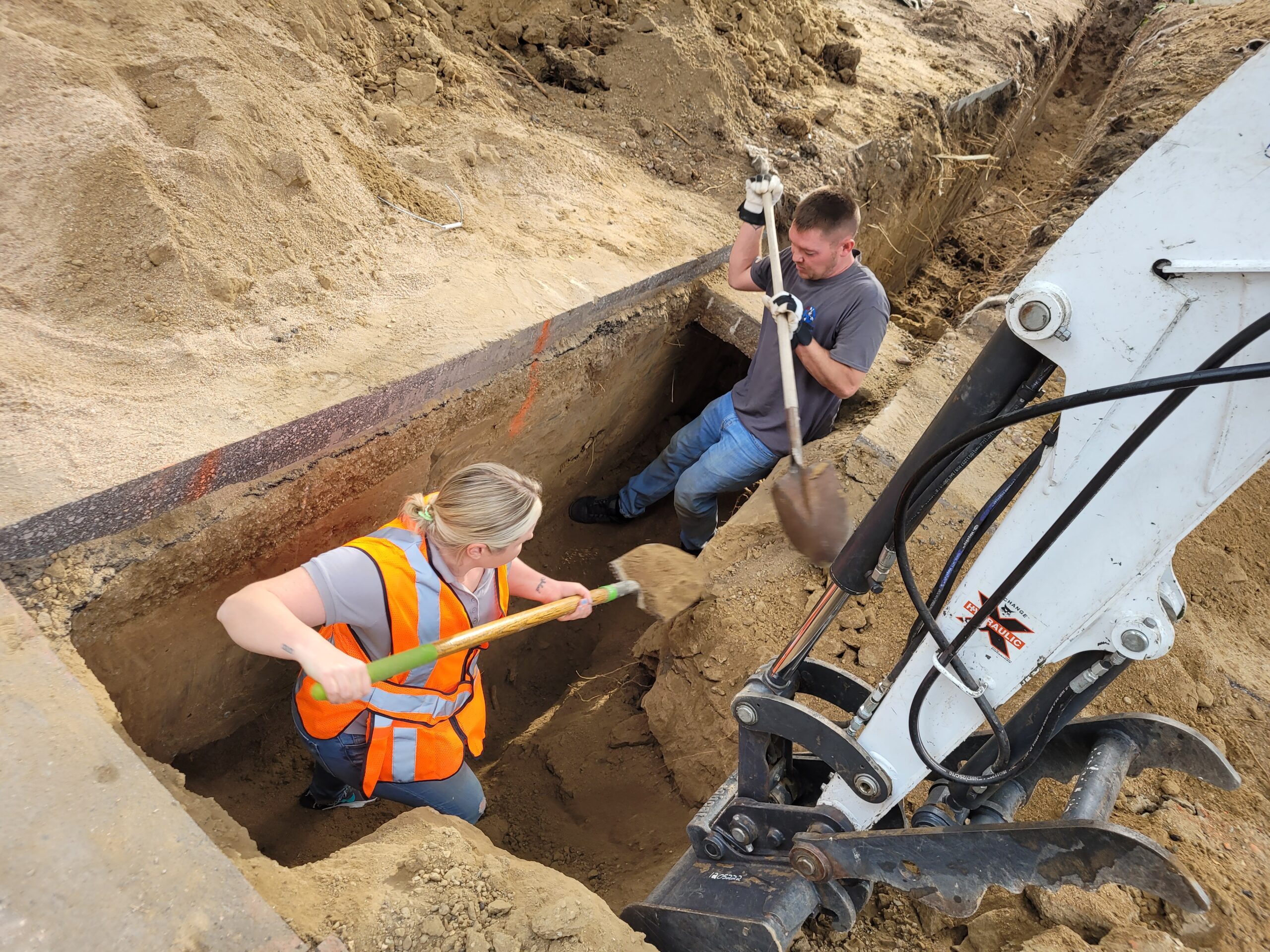
Common Types of Plumbing Leaks
- Faucet and Fixture Leaks – Constant drips from faucets or showerheads not only waste water but can also signal worn washers or failing connections.
- Under-Sink Leaks – A loose connection or cracked pipe under sinks can damage cabinets and flooring if not repaired quickly.
- Toilet Leaks – Running toilets, faulty seals, and tank leaks can silently waste hundreds of gallons of water every month.
- Pipe Leaks – Corrosion, freezing, or high water pressure can cause pipes inside walls, ceilings, or under floors to crack and leak.
- Burst Pipes – In winter months, frozen pipes are a common culprit. When ice expands, pipes can burst, leading to sudden flooding.
- Slab Leaks – Leaks beneath your foundation can go undetected for months, causing structural damage and expensive repairs.

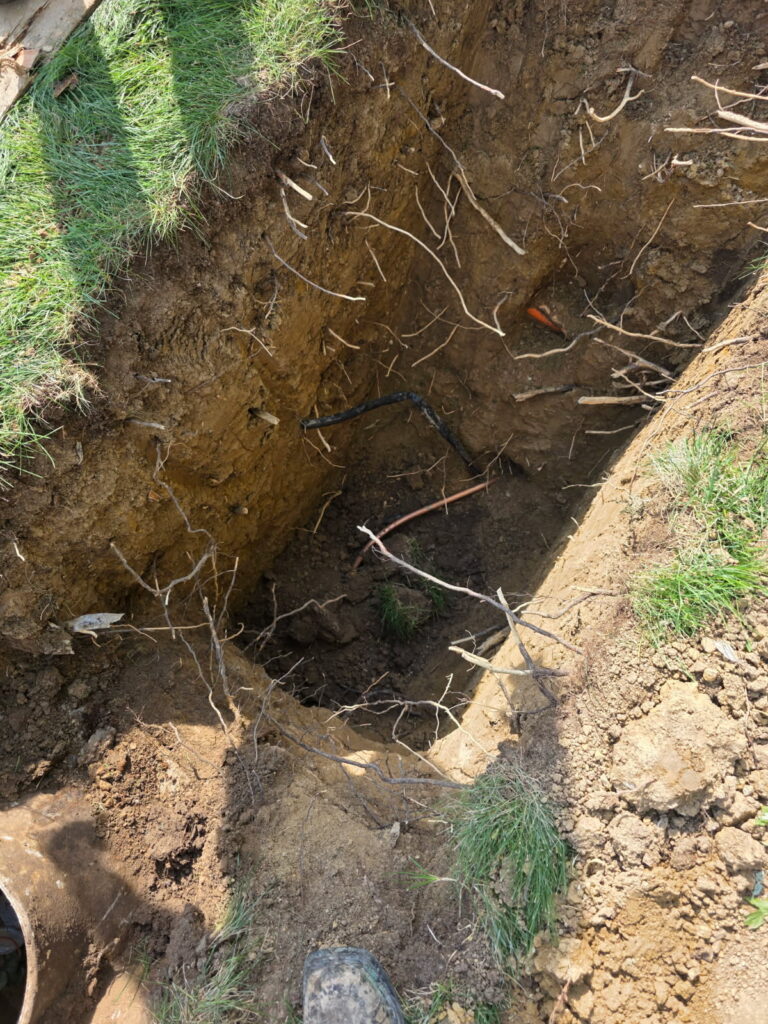

Signs You Might Have a Hidden Leak
- Unexplained increase in water bills
- Low water pressure throughout the house
- Water stains on ceilings, walls, or floors
- Mold or mildew smells
- Warped or sagging flooring
- The sound of running water when no taps are on
Our Leak Detection & Repair Process
At Drain Terrier, we combine modern technology with years of plumbing expertise to detect leaks efficiently. Our process is designed to minimize disruption to your home and deliver reliable, long-term solutions.
- Inspection & Diagnosis – We perform a detailed inspection using acoustic sensors, thermal imaging, and moisture detection tools to pinpoint the exact location of the leak.
- Assessment & Recommendation – ]Once the source is identified, we provide a clear explanation of the problem and an upfront estimate for repair.
- Leak Repair or Replacement – Depending on the severity, we may patch, re-seal, or replace sections of pipe or fixtures. Burst pipes and extensive damage may require larger-scale repairs.
- Testing & Verification – After the repair, we thoroughly test the system to confirm the leak has been resolved.
- Cleanup & Prevention Tips – Our team leaves your home as clean as we found it and provides guidance on preventing future leaks.
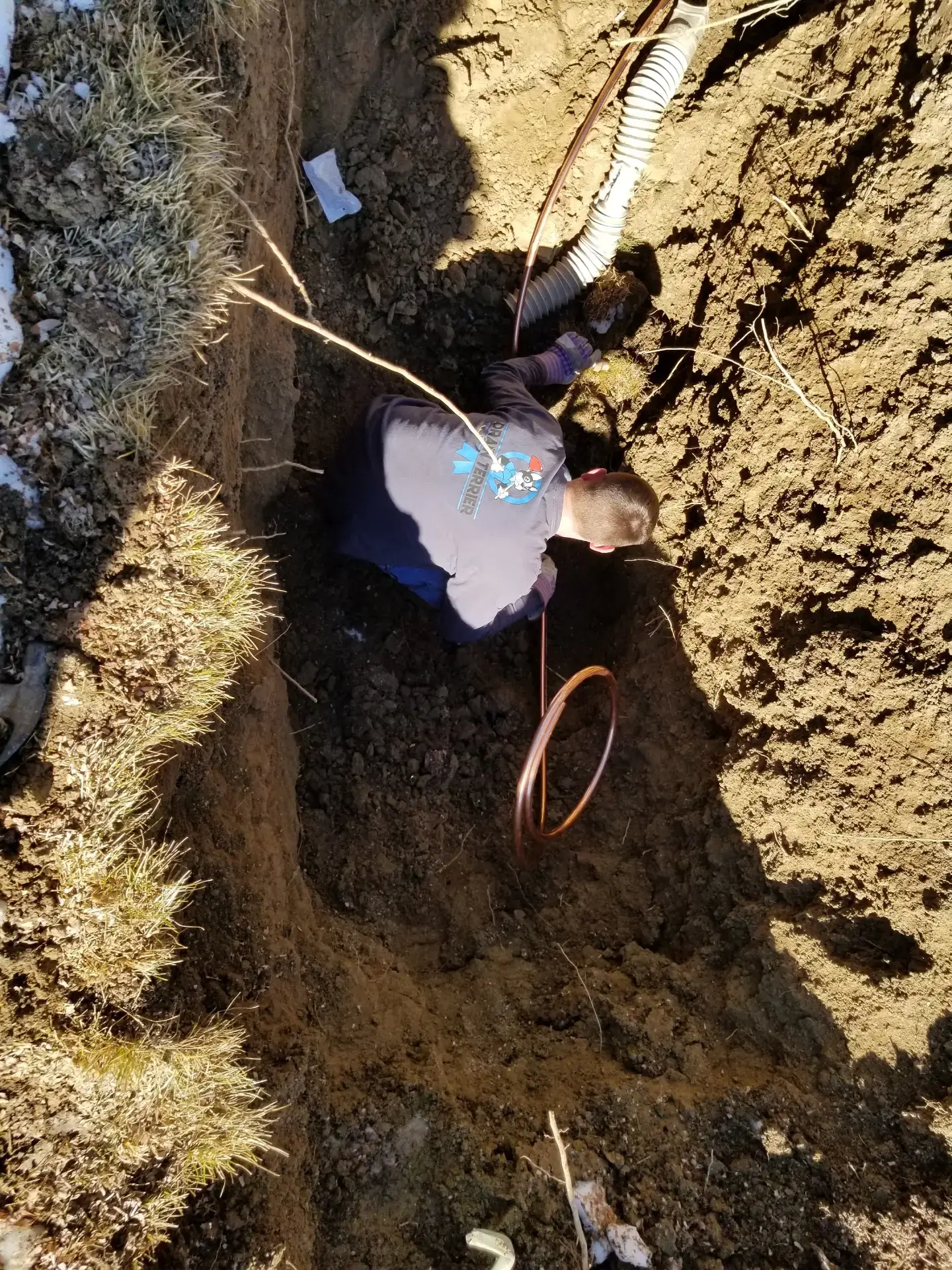


High Water Bills
High water bills can be caused by a variety of issues within your plumbing system. Leaking water lines, running toilets, and dripping faucets are common culprits for excessive water usage and an increase in bills. It’s important to check for any visible signs of leaks, such as damp spots, mold, or mildew, as these can indicate a problem in your plumbing system.
If you suspect a leak, it’s crucial to contact a plumber to assess and repair the issue. Ignoring a potential leak can lead to further damage and even higher water bills in the future. A professional plumber can identify the source of the leak and make the necessary repairs to prevent any more water waste.
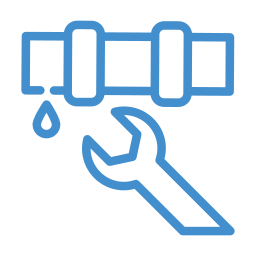
Understanding Water Lines and Their Components
Water lines are an essential part of any plumbing system, delivering clean and safe water to homes and businesses. Understanding how water lines work and the components involved is important for maintaining the efficiency and functionality of the plumbing system. By gaining a better understanding of water lines and their components, homeowners and plumbers alike can ensure the proper functioning of the plumbing system and prevent costly water damage and disruptions to the water supply.
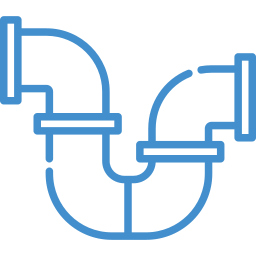
Water Pipes and Their Function
Water pipes play a crucial role in a home’s plumbing system by supplying a continuous flow of fresh water. These pipes are connected to the city’s main water line, which brings water into the home for various uses such as drinking, cooking, bathing, and cleaning. The water pipes are buried underground to protect them from damage and typically have a lifespan of up to 50 years.
Key components of the water line include the water meter, which measures the amount of water usage, and the branch line connection, which distributes water to different areas of the home. Monitoring water usage is important for leak detection and billing purposes. This allows homeowners to identify any leaks in the water pipes and promptly repair them to prevent water wastage and high water bills. Overall, water pipes are essential for ensuring a constant supply of fresh water to a home and require proper maintenance to function effectively.
Water Meters and Monitoring Usage
Water meters are devices that monitor water usage by measuring the flow of water through the main water line and recording the amount in cubic feet or gallons. When water passes through the meter, it causes the meter’s impeller or turbine to rotate, which then activates a magnetic or mechanical mechanism to record the amount of water that has passed through. This data is then used to calculate the volume of water consumed by the building or property.
Water meters play a crucial role in detecting leaks or other water-related problems by monitoring the amount of water used in a building. By keeping track of the water usage, water meters can detect abnormal spikes in consumption, which could indicate a leak or a malfunctioning water fixture. This helps to identify and address potential issues early, preventing water wastage and property damage.
Shutoff Valves and Controlling Water Flow
Shut-off valves come in various types, including ball valves, gate valves, and globe valves. These valves are used to control the flow of water into a building by either fully stopping or regulating the flow. Ball valves are commonly used for main shut-off valves, as they provide a reliable and easy-to-use option for completely stopping the flow of water. Gate valves, on the other hand, are useful for regulating the flow, as they can be partially opened or closed to control the water supply. Globe valves are often found in plumbing systems, where precise flow control is necessary.
In a building, shut-off valves can be found in different locations, including at the main water supply line, under sinks, behind toilets, and near hot water heaters. These valves serve specific functions for different water systems, such as turning off the water supply in case of a leak or maintenance.
To maintain shut-off valves, it’s important to check for leaks and ensure they are operational. Regularly turning the valves on and off can help prevent them from sticking. If a shut-off valve needs repair, it can often be as simple as replacing a faulty washer or tightening a loose connection. Proper maintenance and prompt repairs are key to ensuring the effective control of water flow in a building.
Factors Impacting the Need for Water Line Replacement
Water line replacement is often necessary due to various factors that impact the integrity and functionality of the existing infrastructure. Aging pipes, corrosion, leaks, and damage from tree roots or ground shifting are common reasons why water lines may require replacement. Additionally, changing environmental conditions, increased water demand and the overall deteriorating quality of the water system can also contribute to the need for replacement. Understanding the factors that impact the need for water line replacement is crucial for municipalities, water authorities, and property owners in order to plan and budget for necessary infrastructure upgrades effectively. It is important to proactively address these factors to ensure a reliable and safe water supply for communities.
Age of the Existing Water Line
When determining the age of an existing water line, several factors should be considered. Firstly, the material of the water line is essential, as different materials have different lifespans. For example, lead pipes were commonly used in the past and should be replaced due to health risks. Additionally, the installation date of the water line is crucial, as older installations are more likely to have deteriorated or developed issues over time. The potential risks associated with older water service lines include leaks, breaks, and contamination. As pipes age, they are more prone to corrosion, leading to leaks and potential water contamination. This can result in costly repairs and compromised water quality. To mitigate the risks associated with older water service lines, the recommended course of action is to regularly inspect the water line for signs of deterioration and consider replacing it if it is nearing the end of its expected lifespan. Additionally, homeowners should be proactive in testing their water quality for any signs of contamination from aging pipes.
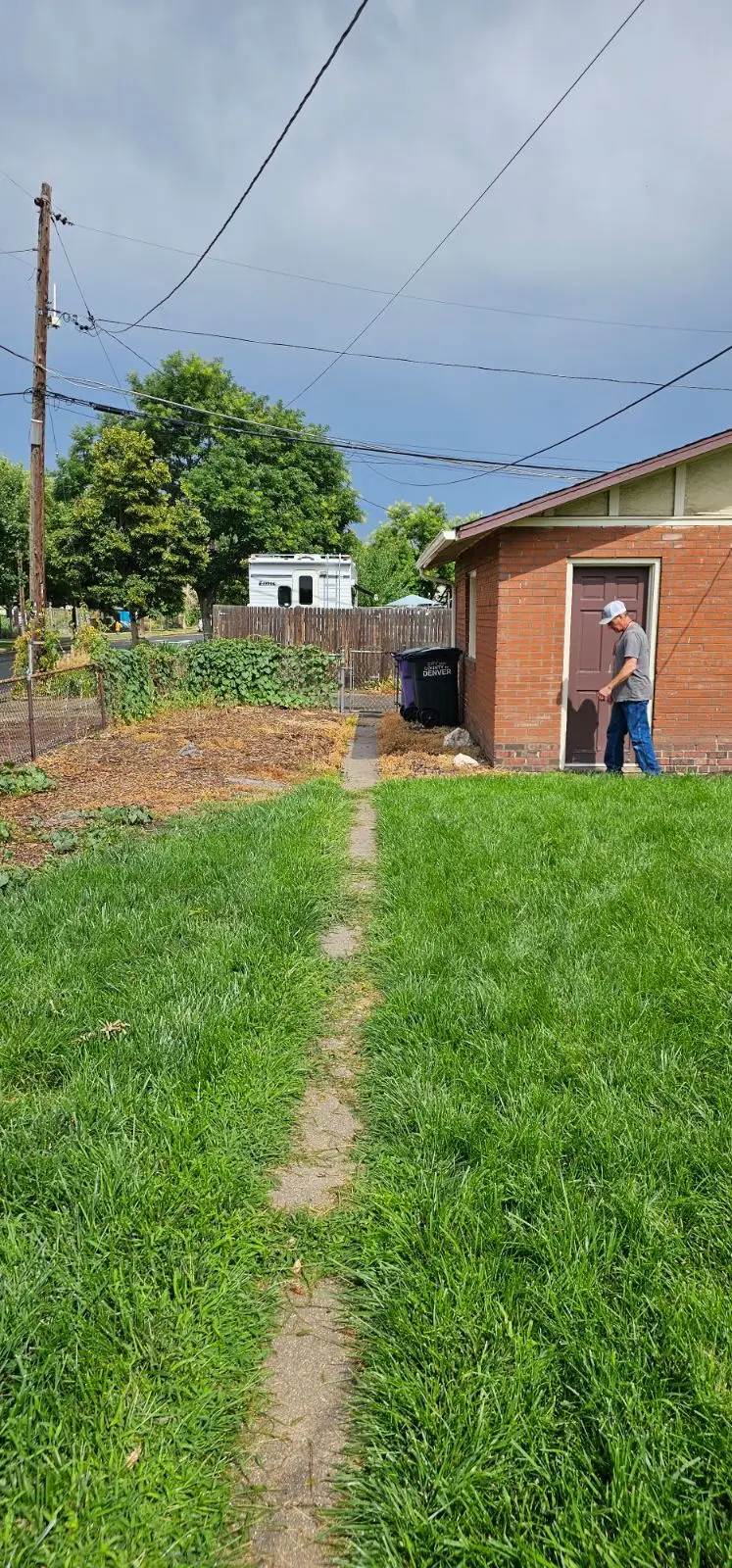
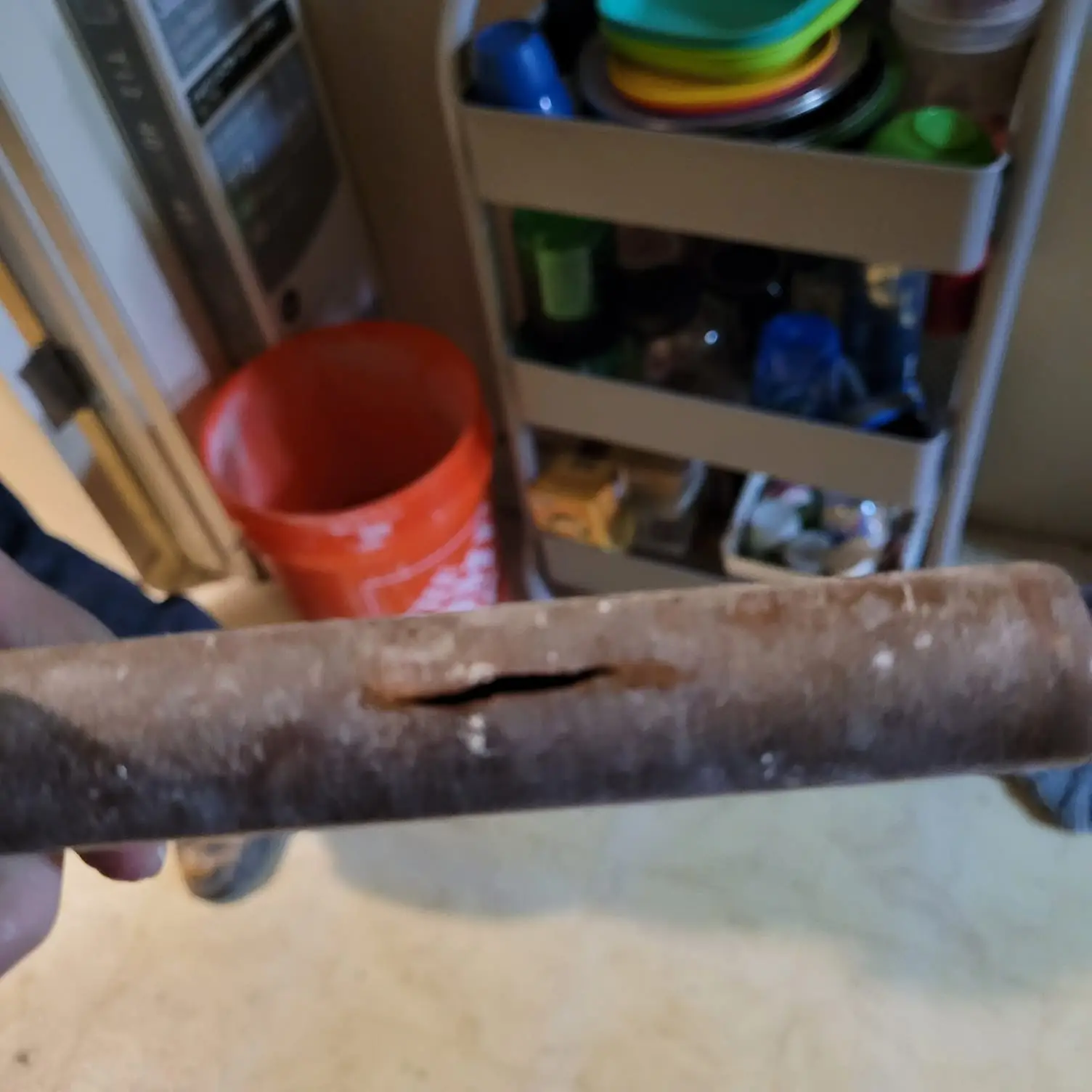
Why Prompt Leak Repair Matters
- Prevent Mold & Mildew – Moisture creates an environment for harmful mold growth, which can affect both your home and your health.
- Avoid Structural Damage – Water can weaken drywall, flooring, and even your home’s foundation.
- Save on Utility Bills – A small leak can waste thousands of gallons of water annually, driving up costs.
- Protect Property Value – Unresolved water damage can reduce the resale value of your home.
When you call Drain Terrier, you get fast response times, upfront pricing, and guaranteed workmanship—so you can feel confident your home is in good hands.
Soil Type Affecting Pipe Deterioration
The type of soil in which water line pipes are installed can have a significant impact on their deterioration over time. Soil acidity, moisture levels, and composition can all play a role in the wear and tear of different pipe materials. Highly acidic soils can corrode metal pipes, while overly moist soils can lead to corrosion and rust. Similarly, soils with high levels of clay or silt can exert pressure on pipes, leading to deformation or cracking.
Common soil types such as sandy, clay, loamy, and rocky soils each have their potential effects on pipe deterioration. Sandy soils, for example, typically have good drainage but can lead to increased movement of pipes due to shifting. On the other hand, clay soils have poor drainage and can cause pipes to corrode due to retained moisture. It is important to select the appropriate pipe material based on the local soil conditions to ensure the longevity of water line pipes. For example, materials such as PVC, HDPE, or ductile iron may be more suitable in certain soil types to resist corrosion and degradation. Understanding the local soil conditions is crucial in selecting the right pipe material for long-lasting water line pipes.

Determining the Cost of Water Line Replacement
When faced with the need for water line replacement, it’s important to understand the factors that determine the cost. Several variables come into play when determining the cost of water line replacement, including the length and depth of the line, the materials used, the condition of the existing line, and the extent of any necessary excavation. By considering these factors and understanding the process of water line replacement, homeowners, contractors, and utility companies can better anticipate the costs involved and make informed decisions.

Average Costs Based on Linear Foot Measurements
The average costs for installing a water main based on linear foot measurements can range from $50 to $150 per linear foot. In high cost of living areas or for difficult-to-access lines, the cost may increase to as much as $250 per linear foot.
These average costs can vary based on several factors. Labor costs, for example, can significantly impact the overall installation expenses. Extensive work required for a particular installation, such as digging through tough terrain or removing existing infrastructure, can also increase the costs. Additionally, the accessibility of the installation site can influence the average costs, as hard-to-reach locations may require additional resources and effort, driving up the overall expenses.
Factors such as the type of soil, local regulations, and the need for additional equipment can also contribute to variations in costs for installing a water main. Therefore, it is important to consider these factors when estimating the average costs for a water line installation based on linear foot measurements.
Frequently Asked Questions About Water Leaks
How do I know if I have a hidden water leak in my home?
Can cold weather cause pipes to burst in Colorado?
Are leak repairs covered by homeowners insurance?
How long does it take to repair a leaking pipe?
Why should I hire a professional instead of fixing it myself?
Call Drain Terrier for Water Leak Detection & Repair
Don’t let a small leak turn into a major disaster. At Drain Terrier, we provide trusted water leak detection and repair services in Littleton and the surrounding Colorado communities. With fast response times, upfront pricing, and a commitment to customer satisfaction, we’re the local plumbing company you can count on.
